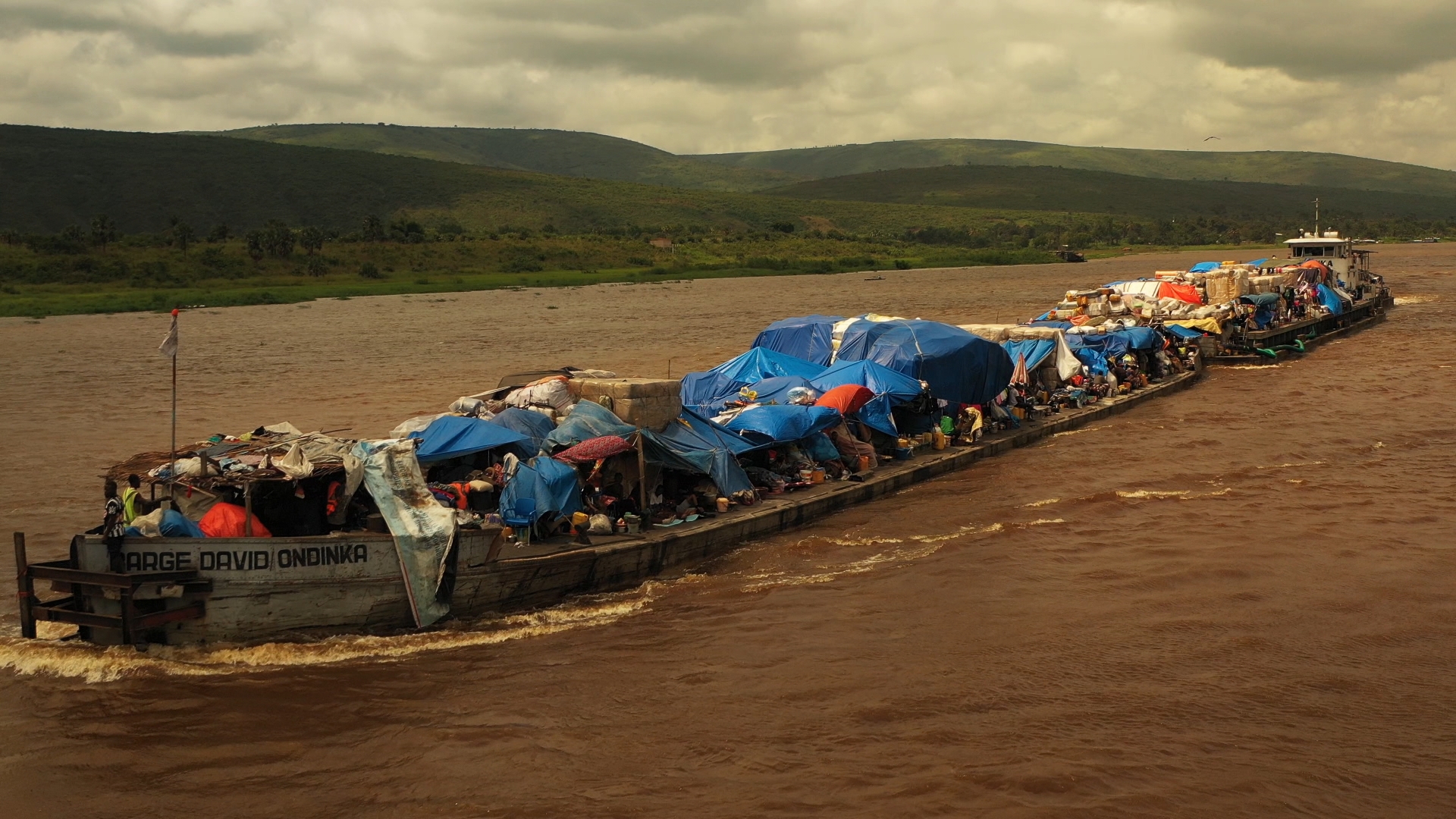
- 52'
- Authors : Daniel Lainé, Julien Boluen
- 05-09-2025
- Master : 3654
-
Share!
CONGO RIVER, ON THE BRINK OF COLLAPSE | France 5 | Les Routes de l'Impossible
The Democratic Republic of Congo is a little-known giant: a vast territory, four times the size of France, whose equatorial forest has long since swallowed up the roads connecting Kinshasa to the north of the country. In this context, the Congo River becomes much more than a waterway: it is a backbone, a lifeline, a living road.
At 1,750 kilometers long, the river is as vast as it is unpredictable. It is the most powerful in Africa and one of the most dangerous in the world. Its raging current carries tree trunks capable of piercing a boat’s hull, its sandbanks shift with the seasons, and submerged rocks are not marked by any buoys. Every crossing is a risk. And yet, every day, dozens of boats venture onto it, sometimes dilapidated, overloaded, and out of control. Every year, the river swallows entire boats and claims hundreds of victims. The Ondika, however, is an exception. This sturdy tugboat, piloted by one of the best Congolese captains, Commander Baillot, tows three large barges carrying nearly 800 passengers. Crammed among bales, chickens, and braziers, the passengers move slowly, patiently, resourcefully, and with quiet strength. The conditions are extremely cramped, with no comfort—nine showers and toilets for 800 people—but mutual aid flows freely on every deck. On board this floating slum, people buy and sell.
The system of improvisation reigns supreme, embodied by “Doctor” Albert, a unique figure who treats patients with whatever means are at hand… and a great deal of daring. Fishermen pull up in canoes to offer fish in exchange for batteries, clothing, or tools. The river thus becomes a huge floating marketplace, a vital link for riverside villages cut off from the world. In Kisangani, the legendary Wagenia brave the rapids every day to catch fish from wooden scaffolding erected in the middle of the current. A feat passed down from generation to generation.
The journey, planned to last three weeks, sometimes takes eight, slowed down by breakdowns, floods, and accidents. But as the river flows by, something precious emerges: a collective spirit, a rare solidarity, an unalterable dignity.
